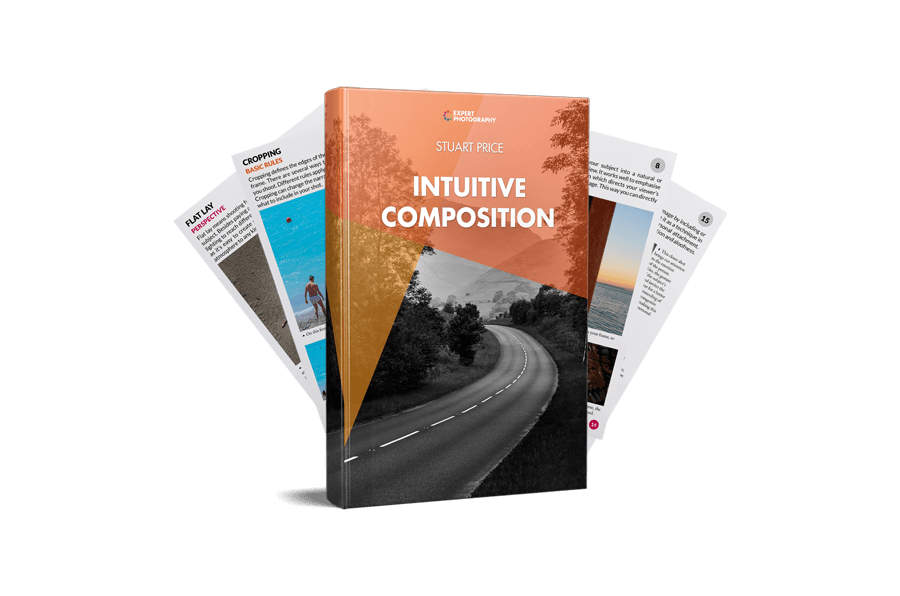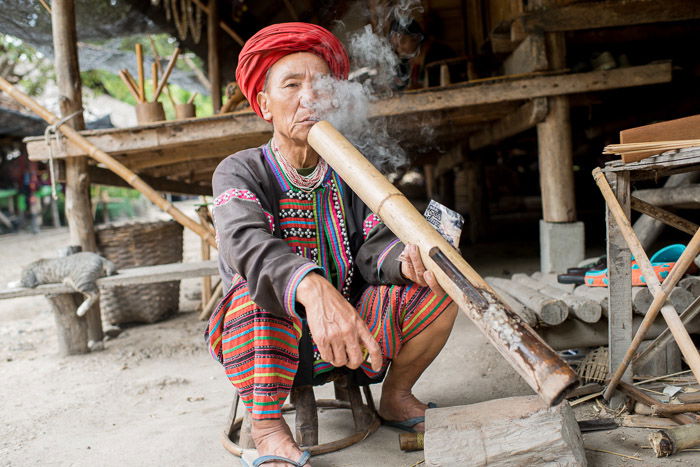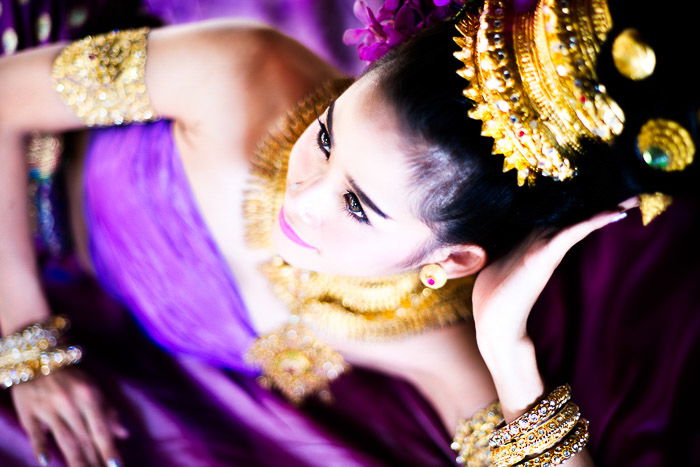Dutch angle photography tends to break traditional composition rules. But breaking the rules of composition isn’t always a bad thing!
Intentionally angling your camera while shooting certain photos is a great way to add dynamism to your photos. It’s great for a wide range of photography, from street to architecture photography!
Continue reading to learn how to break photography rules with Dutch angle photography.

A Dutch angle is a non-traditional style of composition. It is the type of framing that purposely holds your camera off-axis while shooting.
This means that the vertical and horizontal lines in the photo won’t be parallel to the frame. It looks very much like what happens when you tilt your head to the side.
Dutch angle is also known as Dutch tilt, canted frame, or oblique-angle photography. Sometimes, it’s even called the Batman angle. This is because the early Batman television series used it in an exaggerated way.
It did not actually originate in the Netherlands, as the name may suggest. It comes from German filmmakers in the early 20th century. The term used then, the Deutsch tilt, was bastardized. It became the Dutch tilt.
This composition technique is made by rotating the camera slightly. It was used to imply a sense of unease or disorientation, often without camera movement. This method became popular among expressionists. And many photographers all over the world still use it.

Dutch camera angles can be used in many situations for different purposes. The Dutch tilt is more of a technique rather than a rule of composition.
It is very easy to create this type of shot. All you need to do is to tilt your camera. As with any photographic composition technique, it can be used well or very poorly.
To make the most of Dutch angle shots, you need to deliberately choose the oblique angle. When the Dutch angle is subtle, it can look like a mistake. But when you incorporate this tilt in your composition, its impact can transform the image.
Using a Dutch tilt with intention is creative. But if you use it randomly, it could look like a framing mistake.
With oblique angle shots, you can communicate a sense of agitation in your photographs. But it can also create a sense of freedom and fun.

Combining a Dutch angle with various rules of composition can result in more creative photos. The more intention you use it with, the more effective your results will be.
Using a Dutch tilt can enhance leading lines, strong diagonal lines, and even curves. If you’re photographing a scene with strong lines and want an even stronger composition, try moving your camera off-axis.
Running a strong line from one corner of your frame to the other using a Dutch tilt can add impact to your composition. You can also create a powerful diagonal from both vertical or horizontal lines.
Using the Dutch tilt for leading lines often has a big impact on your photo. This is because you’re using two techniques. Together, they’ll draw the viewer’s eye towards the most important area of your photograph.
Common photography rules say that you should always keep your horizon level. But you can ignore that rule when using the Dutch tilt. If your composition exaggerates the tilt, it will look calculated and intentional.

When you’re in a tight spot, consider using a tilt shot. If you’re photographing a subject you can’t quite fit in your frame, tilting your camera can help.
The diagonal axis of your frame is longer than the longest side. Try turning your camera somewhere between 45 degrees and 90 degrees. This slight change may be enough to fit your whole subject in your composition.
Even when you have the option of using a wide-angle lens, choosing to use a canted frame can add impact to your photo. When photographers want to fit more into the frame, the natural instinct is to zoom out or step back. Experiment with the Dutch angle instead. You may produce more interesting results.

A good opportunity to use a Dutch angle is when you’re photographing something common. Making the ordinary look interesting can be challenging for many photographers. You have to come up with something unique. Using a Dutch tilt alone or in combination with other camera techniques can result in more creative photographs.
Don’t be tempted to settle for a quick snapshot of mundane subjects. When you’re faced with photographing something standard, make a non-standard photograph. Making a common item seem uncommon is a great way to create interest in your photo.
I encourage people who take travel photography workshops to avoid travel snapshots. Monks, temples, and tuk tuks are staple subject material for photographers when they visit Thailand.
We’ve all glanced over these photos. Consider using a Dutch tilt to help make them more outstanding. The strong vertical lines of buildings and trees are great for using a good off-axis camera tilt.
I have photographed this temple, Wat Pra Dara Pirom, many times traditionally. In this image, I wanted to include the reflection of the building in the pond. A Dutch tilt provided a good solution. The strong dark lines of the palm trees help exaggerate the effect well.

Using any photographic technique well is often a matter of experimentation. And mastering the Dutch angle is no exception.
Try tilt shots whenever you’re challenged with creating a great composition. There are no real rules, so experimentation is the key. Some situations will look better photographed with a more acute angle. Others will be more interesting if the tilt is more subtle. The more intentional you can make this technique look the stronger your photos will be.


